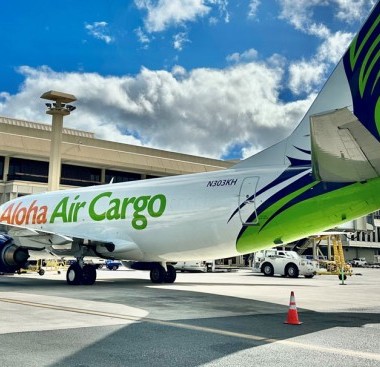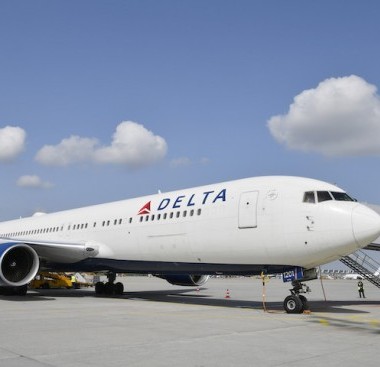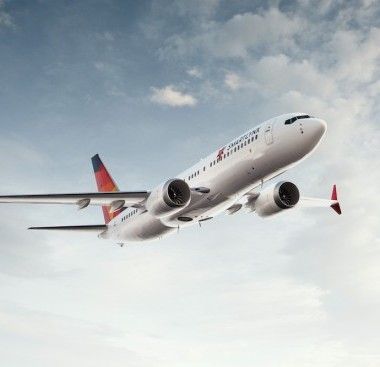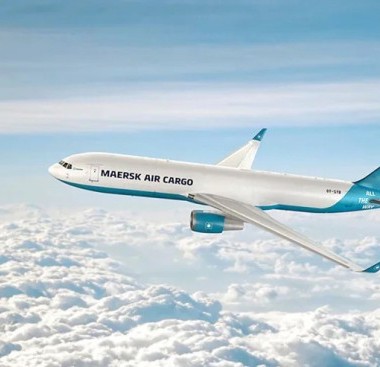U.S. ship logjam stretching far into pacific is longer than ever
The number of container ships headed for the busiest U.S. port complex has risen to close to 100 under a new counting method, underscoring the magnitude of the economy-restraining logjam that the Biden administration is trying to help alleviate.
The backup outside the adjacent ports of Los Angeles and Long Beach, California, involves 96 container carriers, up from 86 on Nov. 16, when a new queuing system took effect and dozens of arriving ships stayed outside the official area to be counted, according to the Marine Exchange of Southern California. The revised measure released late Friday includes those eastbound vessels farther out in the Pacific.
Just when it looked like the bottleneck was easing—the previous official tally was 41 ships in the queue as of Thursday—the latest numbers confirm that the most visible symbol of the U.S.’s overwhelmed supply chains is still likely months away from being cleared. The average wait for ships was 20.8 days as of Friday, almost a week longer than a month ago, according to the L.A.’s Wabtec Port Optimizer.
The revised way of counting ships bound for L.A.-Long Beach divides them into a couple categories: 40 vessels that are either anchored in designated spots plus those “loitering” within 40 miles of the ports, and another 56 outside that perimeter, many of which have slowed their speed on the voyage from Asia that typically takes at least two weeks. So the line has gotten longer both in number of ships and distance.
There’s little relief in sight. American importers typically book January orders well in advance to restock inventories before Chinese factories and ports reduce activity during the Lunar New Year holiday, which next year starts in early February.
The White House has focused its attention on working with the logistics industry to move the empty and full containers that have piled up near the port terminals, by encouraging longer hours for truckers and longshoremen and by backing incentives for timely pickup of goods lingering for days or weeks.
That effort to reduce so-called dwell times for containers in Southern California has had mixed results, with the number of boxes waiting zero to eight days dropping to 33,520 as of Dec. 2, from 39,671 a week earlier, according to the L.A. port’s figures. Still, the number waiting nine days or longer rose to 21,278, from 18,170 a week earlier.
Similar Stories
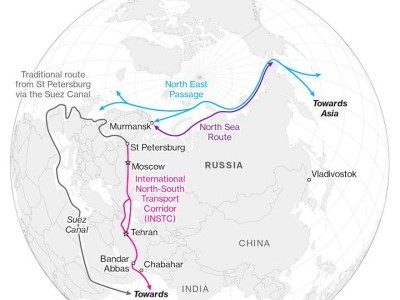
Russia builds new Asia trade routes to weaken sanctions over war
View Article
DNV awards certificates for Fortescue’s dual-fueled ammonia-powered vessel during Singapore Maritime Week
View Article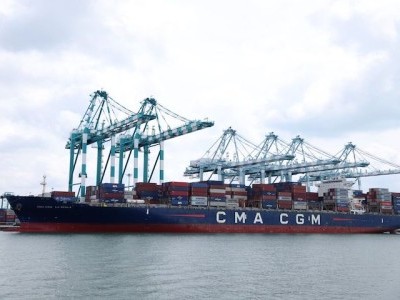
CMA CGM strengthens and reshuffles SEAS1 & SEAS2 services connecting Asia and East Coast South America
View Article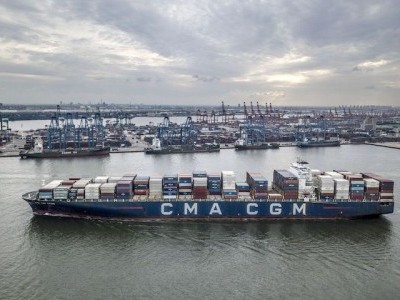
CMA CGM Announcement: New FAK Rates - From Asia to the Mediterranean & North Africa
View ArticleWSC seeks correction of contradiction in FMC detention and demurrage final rule
The World Shipping Council (WSC) today filed a petition for review with the United States Court of Appeals for the District of Columbia Circuit seeking to have the Federal Maritime…
View ArticleCargo Insurance - Important update on Baltimore Bridge incident
Cargo Insurance - Important information regarding general average declaration for Maersk-Operated Dali Vessel...
View ArticleGet the most up-to-date trending news!
SubscribeIndustry updates and weekly newsletter direct to your inbox!

